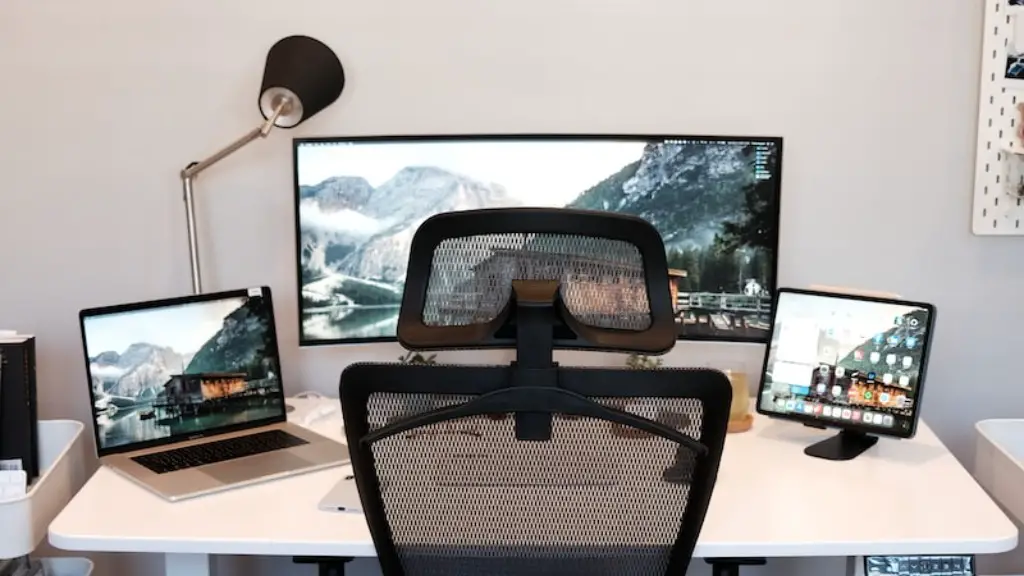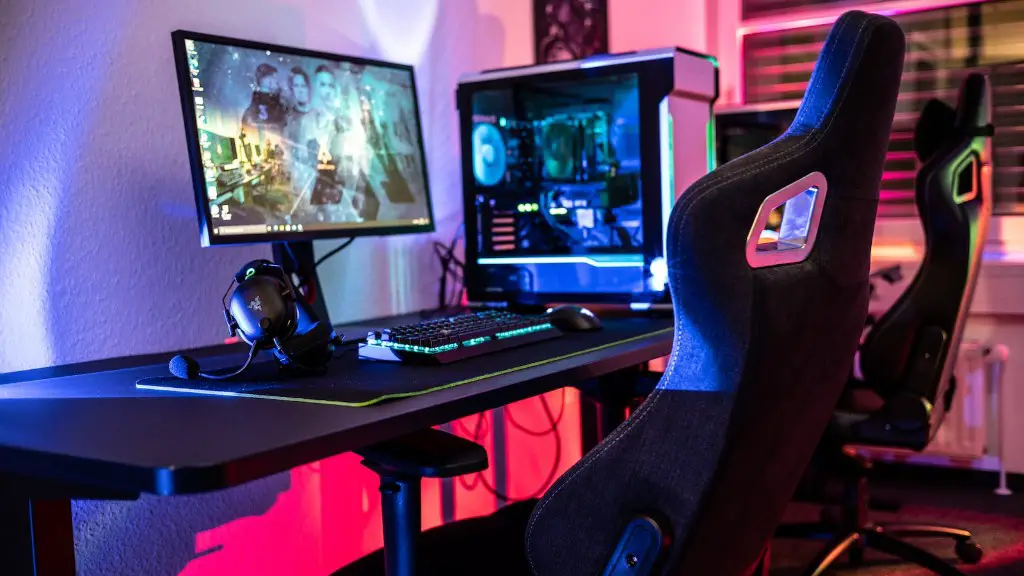Building a gaming PC for just $400 is possible if you know what components to choose. Being mindful of cost, it’s important to pick the parts that will give you the most for your money. Here’s a step-by-step guide for assembling a gaming PC for $400:
1. Pick your processor. The processor, or CPU, is the brain of your gaming PC. A good processor will allow you to multitask and play the latest games, while a cheaper processor may struggle with the newest games. When shopping for a processor, you want to get the best bang for your buck. Consider a processor from Intel or AMD, which usually provide good value for a low cost.
2. Choose a motherboard. The motherboard is the foundation for your gaming PC and is the connection point for your processor, memory, storage and other components. The cheapest motherboards provide basic components and will have limited expansion slots for RAM, storage and additional add-ons. Look for a good balance of price and features.
3. Get some RAM. RAM, or random access memory, helps your processor keep up with the fast-paced gaming action. To get the most out of your gaming PC, it’s important to get a good amount of RAM and make sure it’s compatible with the other components. Look for RAM that is rated at least DDR4, as this is the most common type of RAM used in gaming PCs today.
4. Choose your graphics card. This is the component that will determine how well you can run the latest games. While you might be tempted to get the most powerful graphics card you can find, keep in mind that it is also the most expensive component. Try to get a card that will give you the most performance for your money.
5. Pick your hard drive. Your hard drive is the storage component of your gaming PC. A hard drive stores all of your games, software and files. It is usually cheaper to get a traditional mechanical hard drive because they offer more storage for a lower cost. If you want better performance, you can always upgrade to an SSD later on.
6. Choose your case. This is the component that will give your gaming PC its unique appearance. It also affects the cooling performance of your gaming PC, so be sure to choose a good case with plenty of ventilation and room for fans. Cases can range in price from very cheap to very expensive, so choose one that fits within your budget.
7. Install all of your components. Now that you have all of the components, it’s time to put them together into a gaming PC. This is the best part and can be done by anyone who is somewhat familiar with PCs. It’s important to read the instructions carefully so that you don’t damage any of the components.
Upgrading Your CPU
When it comes to building a gaming PC, having a good processor is essential. Upgrading your processor can be a great way to get the most out of your gaming PC. For example, an Intel Core i5 or an AMD Ryzen 5 processor can provide excellent performance for gaming. Spending a little extra on a powerful processor can give your gaming PC an edge over the competition.
Getting Extra Power
Depending on what type of games you plan to play, you may need to upgrade your power supply unit. The power supply supplies power to all of the components in your PC. A good power supply will ensure that your PC can handle the stress of running the latest games. When shopping for a power supply, look for one that has enough wattage to power all of your components.
Cooling Considerations
An important factor to consider when building a gaming PC is cooling. It is essential to have a good cooling system to prevent your components from overheating. An aftermarket cooling system is a great way to add more cooling to your gaming PC. Fans, liquid cooling and even larger cases can be used to keep your components cool even under intense gaming sessions.
Streamlining Your PC
If gaming isn’t the only thing you plan on doing with your PC, there are some extra things you can do to streamline your PC for everyday tasks as well as gaming. Consider getting an SSD for your operating system and other programs. Installing an operating system on an SSD will drastically reduce your system’s boot time and allow for faster loading times for games.
Choosing Peripherals
Getting a good mouse, keyboard, headset and other peripherals can greatly improve your gaming experience. Many of these peripherals can be had for a reasonable price. Certain brands are better suited for gaming than others, so read up on what features they provide and compare prices before making any decisions.
Putting It All Together
Now that you have all of the components, it’s time to put them together. Be sure to reference the manual for each of the components you purchased to ensure proper installation and compatibility. Also, be mindful of any extra cables or accessories that you may need to get your PC up and running. Once all of the components are installed, all that’s left is to put on the case and plug it in.

